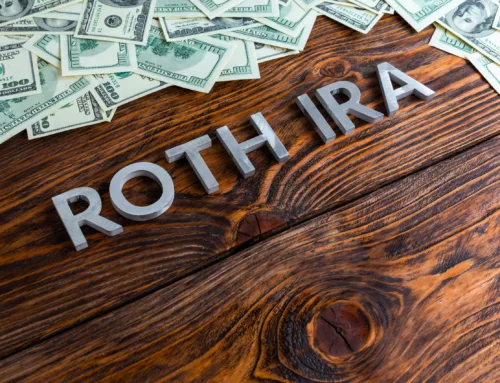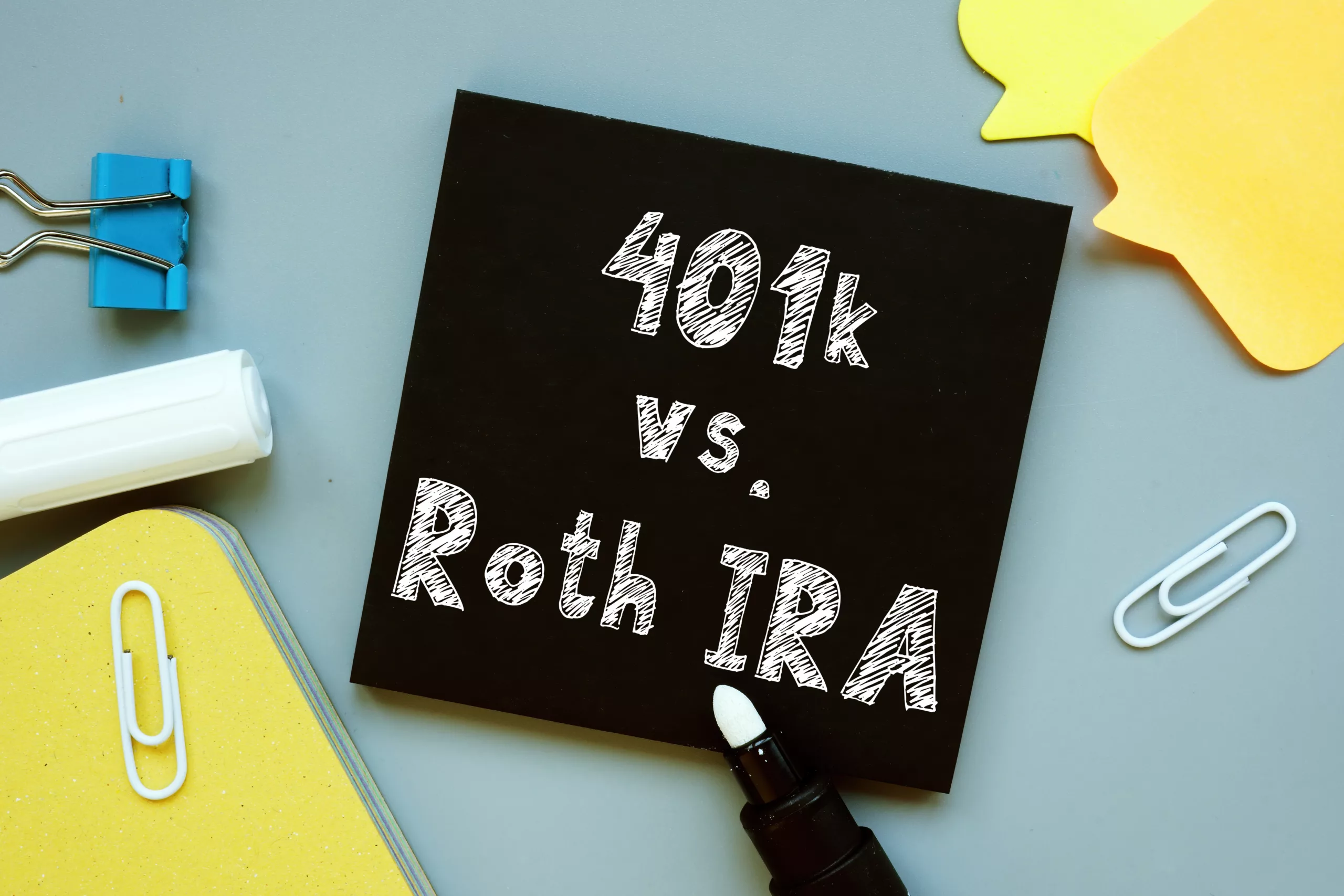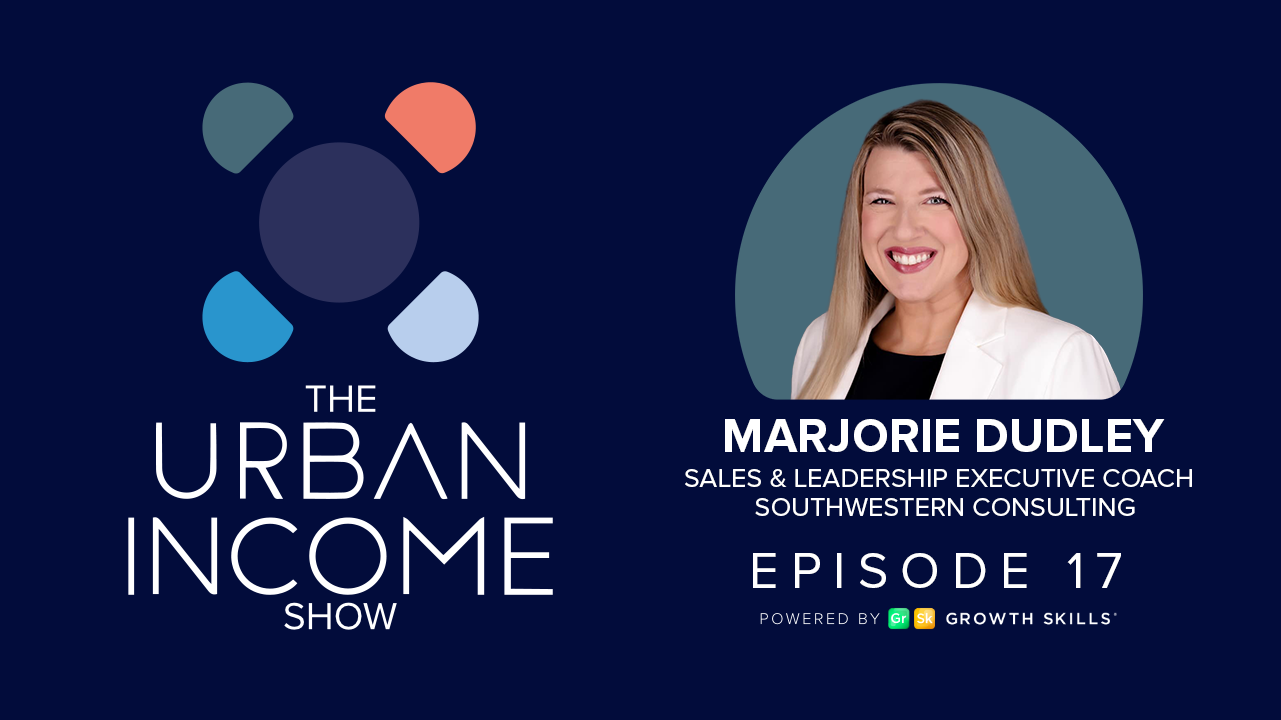IRA vs. 401(k): What is the Best Retirement Account?
We’re big fans of saving for a rainy day, but no rainy day is more important than retirement, and that’s where the IRA vs. 401(k) debate comes to the fore. Factoring retirement account payments into your personal finance tools is essential for ensuring you can enjoy the retirement you’ve always dreamed of.
Generally, the Individual Retirement Account (IRA) and 401(k) plans are the primary options for generating a passive income during your twilight years.
But which is better, IRA vs. 401(k)? And what are the pros and cons of each? This guide answers all.
IRA vs. 401(k) – An Overview
America’s retirement landscape isn’t a positive one. According to the numbers, 50% of women and 47% of men between 55 and 66 have zero retirement savings. This means they’ll have to rely on Social Security payments, resulting in vulnerability to inflation and little disposable income.
Firstly, the main difference when comparing IRA vs. 401(k) plans is that employers offer 401(k)s and IRAs are obtained individually.
401(k) plans allow you to contribute a percentage of your salary, while your employer will provide matching contributions up to a defined limit every year. However, small businesses usually opt for other plans, like the Simplified Employee Pension (SEP) IRA or the Savings Incentive Match Plan for Employees (SIMPLE) IRA.
Individuals can open IRAs, and you can hold both IRAs and 401(k)s simultaneously, but your employer won’t make matching contributions to IRAs.
Several types of IRA exist, giving you more flexibility when growing your income for retirement, whereas 401(k)s are limited to whatever your boss offers.
In all cases, you don’t need to worry about how to do your taxes regarding your retirement accounts because all contributions are tax-deferred. As any black financial influencer will tell you, all taxes are paid when you withdraw your funds.
Another similarity between the two is that neither type of plan allows you to withdraw any funds before you reach age 59.5 without some severe tax penalties.
What is a 401(k)?
Only employers can offer 401(k) plans. So, if you’ve already started freelancing, you won’t be able to jump onto one of these plans.
Most employees choose to set a percentage of their salary to contribute to their 401(k)s automatically. It makes sense because your employer will match your contributions out of their own pockets.
On a side note, with a traditional plan, contributions are tax-deferred, but employers can also offer Roth 401(k)s, which use money after tax. The benefit is that when making qualified withdrawals, you don’t need to pay tax on them.
The personal contribution limit 2023 is $22,500 for people under 50 and $30,000 for people over 50.
Contribution Example
Let’s consider how the 401(k) can work in practice.
Let’s say you earn $70,000 a year in salary, and you choose to contribute $15,000 to a traditional 401(k). Your taxable income now would drop to $55,000.
As any Hispanic financial influencer will tell you, this is an intelligent way for people to stay out of the higher tax brackets and ultimately pay less to Uncle Sam over a lifetime.
Moreover, your employer will contribute. How much they contribute depends on the plan. For example, they might match 50% of all contributions up to 6% of your total salary, which means they’ll give you 3% yearly.
In other words, it’s thousands of dollars for free to invest in your future.
What is an IRA?
IRAs are tax-advantaged retirement accounts that anyone can open at a bank, investment firm, or brokerage. They can be as simple as ordinary savings or investment accounts holding stocks, bonds, and real estate. However, some assets can’t be held in these, including art.
As you can see, there’s far more flexibility with these accounts. With a 401(k), you’re limited by your employer’s chosen plan, which can vary from average to fantastic.
So, how much can you contribute to an IRA every year?
In 2022, traditional and Roth IRAs had contribution limits of $6,000 for people under 50, with an extra $1,000 in catch-up contributions available for people over 50. This has risen by $500 and $1,000 respectively in 2023.
IRA vs. 401(k) Differences
Understanding the differences is like choosing between student credit cards or credit repair companies. You must weigh all the options to choose the best-value retirement account.
Of course, you’re not locked into any account for life, but it’s much easier to get it right the first time. Here’s a rundown of the key differences:
| 401(k) Plan | Individual Retirement Account | |
| Annual Contribution Limits | $22,500 | $6,500 |
| Catch-Up Contributions | $30,000 | $7,500 |
| Source | Deducted from your paycheck plus employer contributions. | Individuals |
| Assets | Funds selected by the plan’s administrator. | Stocks, mutual funds, bonds, ETFs, and more. |
| Types | Roth and traditional. | Traditional, Roth, SET, and SIMPLE. |
| Minimum Distributions | 73 or 75 (depending on your birth year). | 73 or 75 (depending on your birth year). Roth IRAs have no minimum distributions. |
How to Max Out Your Retirement
You can have both types of accounts, so there’s no need to pick one or the other. If you’re smart when creating a budget, you can benefit from both.
This short roadmap assumes you’ve found a great job with employer matching via job search websites. So, here’s how to do it:
- Begin by contributing enough to max out your employer’s contributions. It’s one of the easiest ways to make money online or offline because it’s effectively free money.
- Max out your IRA’s contributions. Since the limits are much lower, this should be much easier to max out. Whether you take your tax break now or later depends on your financial plans. This is why speaking to a financial advisor about the merits of a traditional IRA vs. a Roth IRA is ideal.
- Revisit your 401(k) if you want to contribute more. While there may be no employer matching, you can still reduce your taxable income, which could save you from a nasty tax bill.
Conclusion
Planning for retirement is essential; the earlier you begin, the better. When creating a personal budget, set aside some of your income to cover your retirement needs, and consider the IRA vs. 401(k) debate for optimal savings. The later you begin, the more you’ll have to contribute to catch up.
At Urban Income, we’re there to help you grow your income, invest your money, and plan for the big things like retirement. If you’re ready to carve out your financial future, browse our platform now.








